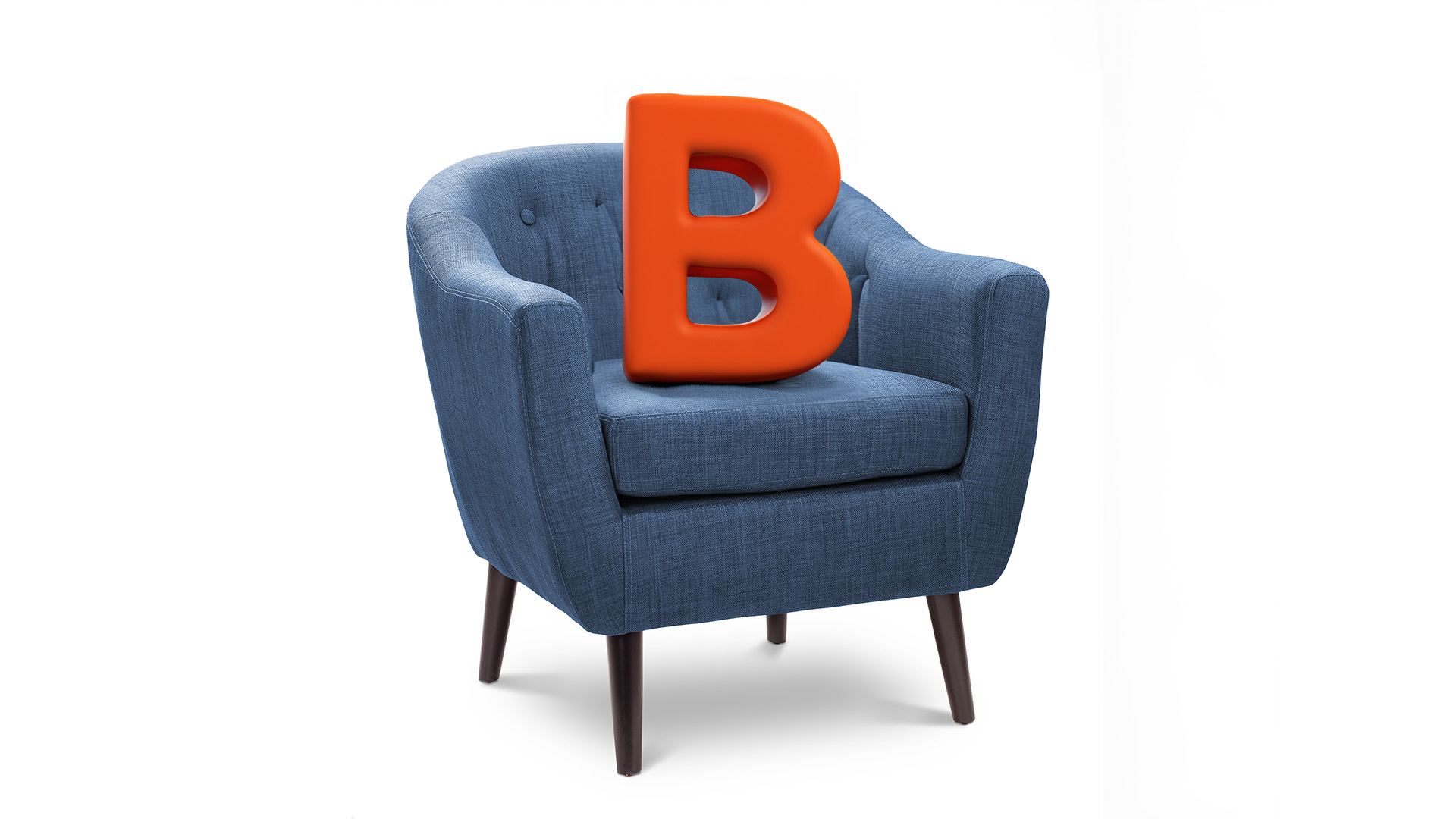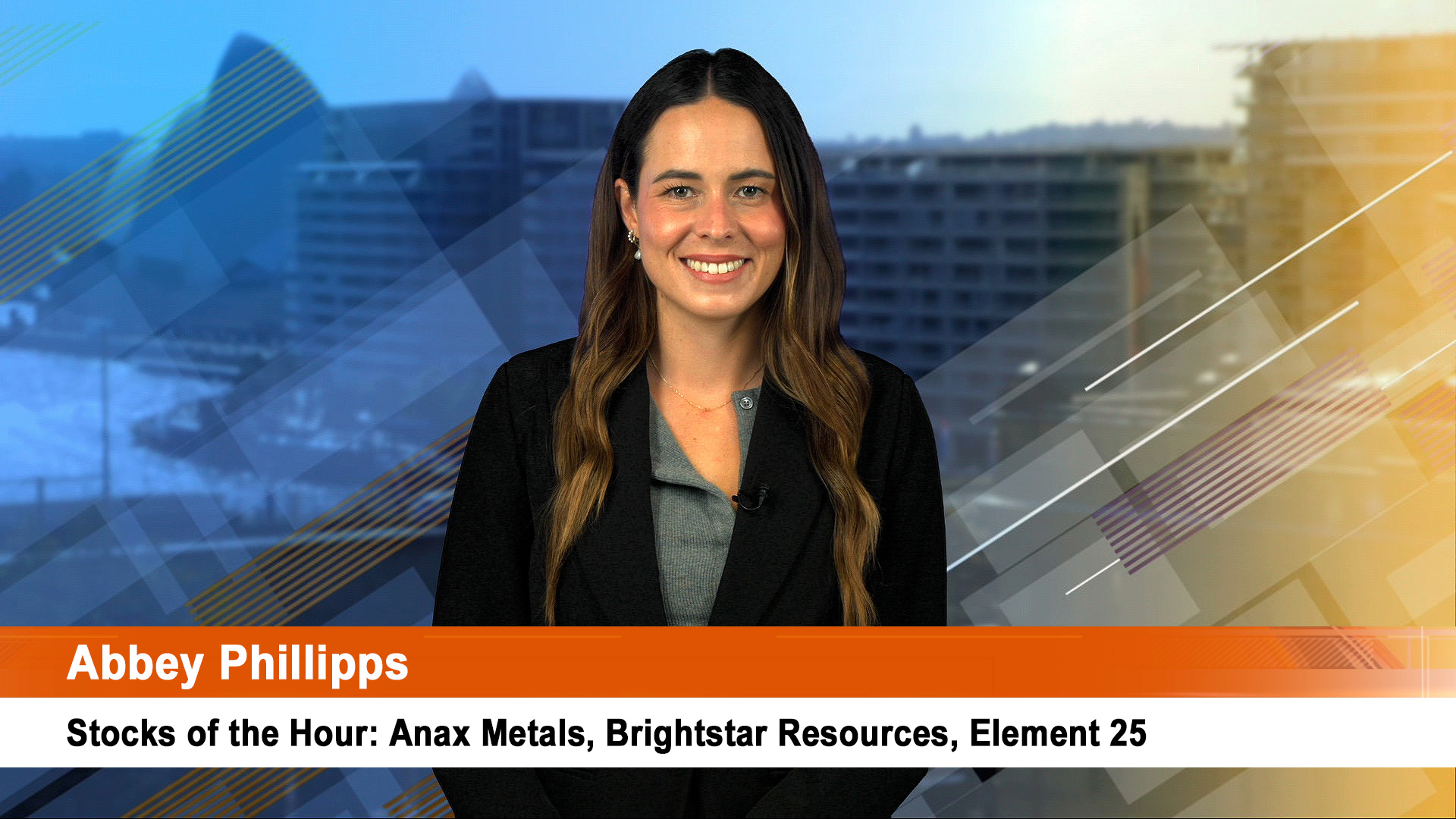
Three reports have exposed the hollowness of Monday’s 2.9% surge on Wall Street, and the way we in Australia and other countries followed suit.
The surge was driven by a sharp improvement in confidence among US homebuilders and an apparently better than expected result from Lowes, America’s second biggest home improvement group.
Both now seem to have been poor pieces of judgment: US investment analysts, who remain all at sea about the impact of the recession on corporate performance, set low figures for companies like Lowes because they have no clue as to where demand and earnings are: when Lowes produced a result better than these forecasts, it was hailed as another ‘green shoot’.
Tuesday Home Depot, Lowes bigger competition produced OK results, but warned that the impact of the housing slump hadn’t gone away and said it was still looking for customers to return.
The unreliability of that survey of homebuilder confidence was exposed when the US Government released new home starts and building permit figures for April which showed new home customers clearly didn’t share that optimism.
In fact the figures brought into question whether the homebuilders were on the same page: new US housing starts and permits dropped to record lows in April; hardly a ‘green shoot’.
Building permits in April 2009 fell 3.3% from March and were down 50.2% from April last year at 494,000. Housing starts in March 2009 fell 12.8% from the prior month and were off 54.2% from the prior year, to 458,000. (Source)
The only concession to the green shoots theory was the small rise in single family homes in April (the second monthly rise) and the sharp fall in multi-family dwellings (like in Australia, this part of the sector is volatile).
Another report showed a fall in retail sales traffic last week and then Hewlett Packard upset confident forecasts of the company weathering the slump in personal computers by downgrading revenue and profit figures for the rest of the year after the stockmarket had closed.
Hewlett-Packard is cutting 2% of its global work force after it cut its full-year sales outlook on a 17% drop in quarterly profit for the three months to April 30.
Total net revenue fell 3% to $27.4 billion. The company said it now expects full-year revenue to fall between 4% and 5%, worse than its previous range of 2% to 5%.
That’s hardly the stuff of a rebound or green shoots gradually taking hold in once sector of retailing.
The 12.8% fall in housing starts pushed the number down to 458,000 in April, which was the lowest on records dating back to January 1959.
The US Commerce Department said the fall reflected a 46.1% for multi-family units, and while starts for single-family homes rose 2.8%, (the second monthly rise in a row); the fall in building permits offset that optimism.
The overhang of homes available for sale, according to the US National Association of Realtors, stands at 3.7 million, or 10 months’ supply at current sales rates; foreclosures are running at record levels and are up more than 30% on a year ago, when they were starting to swell.
All this makes a mockery of repeated attempts by market analysts and strategists to call a ‘bottom’ for the housing sector, which is in the deepest depression ever recorded, with no way of escaping it.
Every one with a tale to spin about ‘green shoots’ should heed the comments of Home Depot CEO, Fred Blake. He’s concerned about the way rising foreclosure rates for homes, especially in the subprime states of California, Nevada, new Mexico
He told a briefing overnight for the first quarter figures: “We are concerned about the accelerating rates of foreclosures, particularly in the western part of the country".
Mr Blake said that a slowing foreclosure rate in California during the fourth quarter had led to an improvement in regional store sales but the trend had then reversed as foreclosure rates rose again in the first quarter.
The shift “provides a cautionary note on signalling a recovery prematurely”, he said. “Before we see real improvement we believe we need to see sustainable deceleration in foreclosures.”
Reuters reported that "Analysts said that while the decline in starts suggests the recession has yet to run its course, it should help the housing market work through a huge stock of unsold existing homes and lay the foundation for a recovery from a three-year slump.
"This is essentially a good thing. It means supply will eventually come back in line with demand. Home builders have adopted an appropriate risk aversion stance," said Joseph Brusuelas, an economist at Moody’s Economy.com in West Chester, Pennsylvania."
The Financial Times though had a far less optimistic take:
"Some things just cannot be wished away. Like tattoos and bitter family feuds, the US housing market is still there, stubbornly refusing to improve.
"Construction activity is now four-fifths below the peak of the building frenzy in early 2006. The trend has defeated every previous effort to call a bottom in the market."
Housing remains the black hole still sucking in cash, loans, consumers, debts, you name it; US banks still hover on its edge.
Unemployment is rising, foreclosures are rising and all that is feeding into an ever deepening hole in housing.
And finally the













